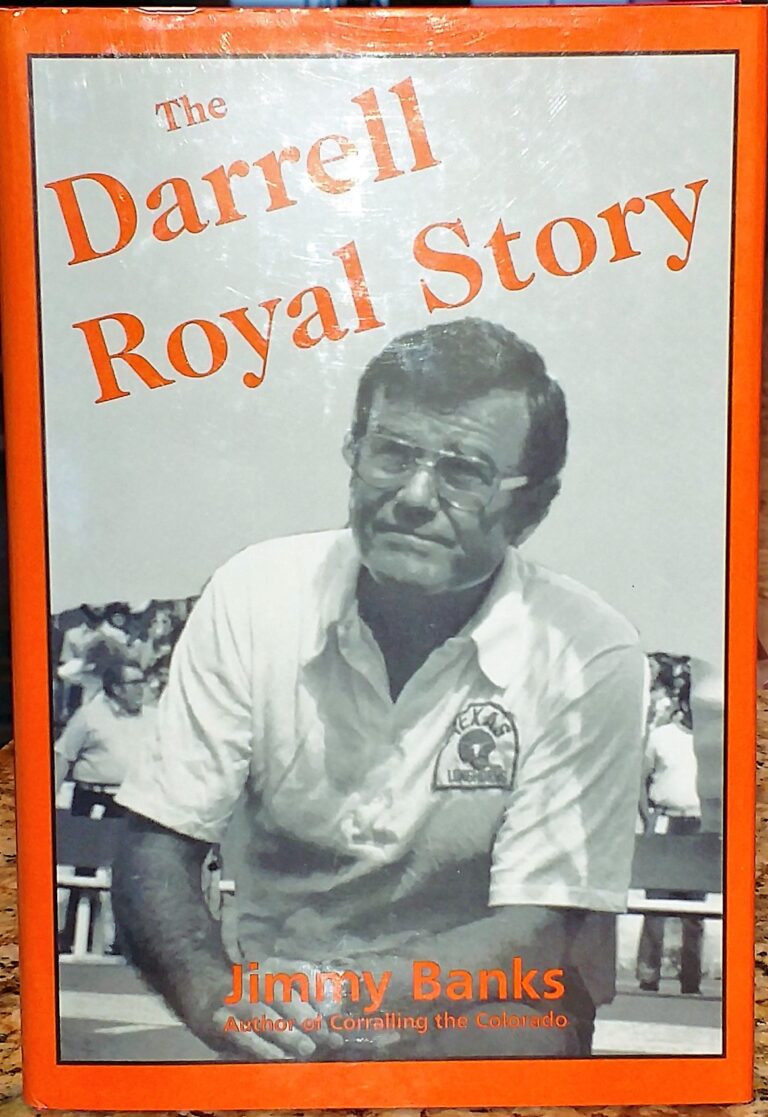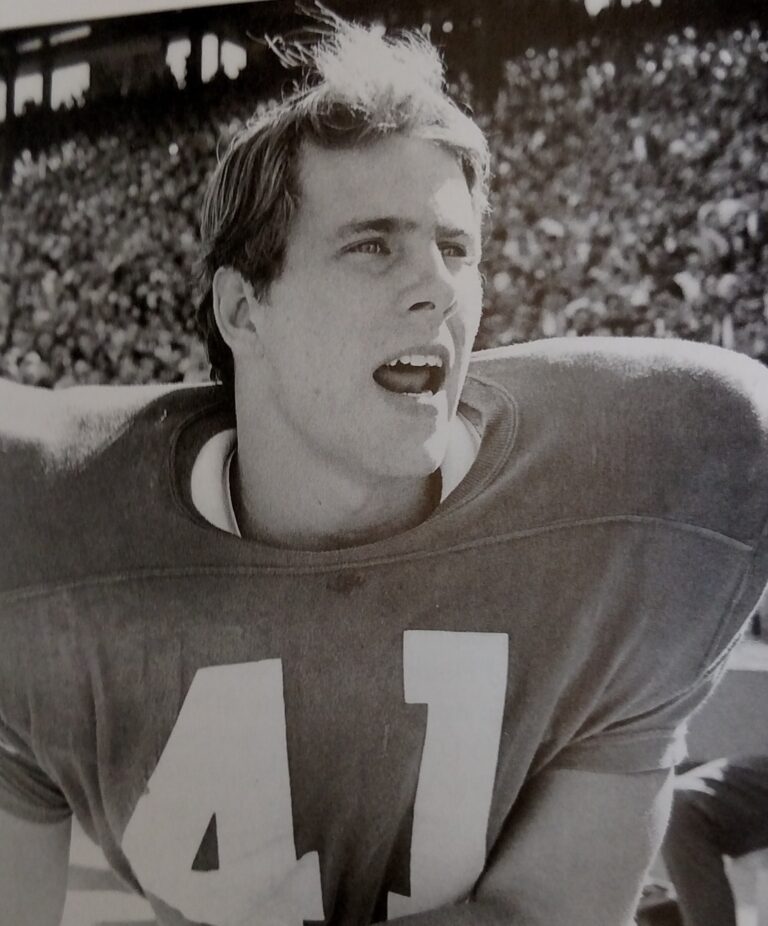Student of the Game By Barbara Wainscott
Student of the Game By Barbara Wainscott
If you asked Loyd’s mother, she would always tell you that her son was a good student, but not a great student because he didn’t “apply” himself. He always seemed to know just how much he needed to “apply” to get the job done. But football was an entirely different matter and he stretched his Type A personality to the max to become an overachiever. By the time he graduated from The University of Texas he was known as a “student of the game”.
If his attention span in the classroom might be a bit lacking, his attention span in the locker room was quite the opposite. By the time game time rolled around for the fighting Tigers of La Marque High School Loyd knew everything there was to know about the opposing team from the information available at the time. Which is to say, he paid close attention to everything the scouts had to report and to the recollections of the coaches of the returning opposing players from the year before. And he knew his plays…on both offense and defense. He was always ready.
I’m not sure what all he did his Freshman year at Texas, as I didn’t join him at UT until the next year. His Sophomore year I was aware of the fact that he would spend extra time at the stadium watching films…a lot of extra time. But by his Junior year I had a front row seat for his studies. He, of course, had all the preparations of game week that the coaches planned for every game, but in addition he had preparations of his own. He called every player at every school that he knew who might know anything about the opposing players…who was quick, who was fast, who didn’t like to get hit. Next, he would check out the films of the upcoming opponent and bring them to my apartment. He would take the picture off the wall opposite the couch and set the projector up opposite the large expanse of white; and then he would run films…for hours.
First he would run whole game films several times to get the feel of the team as a whole, then focusing on individual players. Finally, he would concentrate on the center and players who would be lining up in front of him. I could always tell when he approached this pivotal point in his studies because he would move to the edge of the couch, with his right elbow on his right knee and his chin resting on his thumb as his index finger pressed down on his upper lip. He was completely focused and barely knew I was in the room. There he would sit for an hour or two, and sometimes more. And then from the quiet his voice would ring out “Got it!” and he would start packing up the projector and films. I was always curious to ask what keys he had discovered, and they were always different, but always something to the effect of “when the ball’s moving left the center kicks his left heel in” or “the guy who’ll be in front of me dips his shoulder” when he’s doing some particular move. It was so fascinating for me that he had dissected their every move to anticipate where they were going next.
But that wasn’t the only thing he studied. He had one more card up his sleeve. This was, after all, The University of Texas, a crown jewel in the royalty of academic excellence. Buried in the belly of the beast that was the ever expanding University of Texas of the late 60’s was a mainframe computer. And Coach Darrell Royal knew how to make use of this remarkable, cutting edge monster. Every week Loyd would bring over a thick stack of papers joined together into one continuous length and bordered on two sides by a continuous line of holes which were used to move the paper by sprockets through the printer. He called them “the tendencies”. The stack, sometimes as much as three inches thick, was a readout of the tendencies of the opponent to run certain plays at certain times. So every week the computer told them what plays the upcoming team tended to run on first and ten, second and eight, second and two and so on.
It was a great example of what a brilliant football mind and master strategist Coach Royal really was. I think it was an unprecedented use of computers at the time. The first CDC 6600 mainframe computer was delivered in 1965 and was considered the fastest computer until 1969 and most of the first delivered were to laboratories…and to the University of Texas Computer Science and Mathematics Departments. My last Journalism class at UT required that we write a Query letter to a publication explaining an article that we wanted to write and ask if they were interested. I wanted to write about the use of computers in college football. Sports Illustrated had their own writers and never accepted freelance articles. They wanted the article.
The fact that computers were only recently on the scene and the fact that a national magazine wanted to hear about its use in athletics made me step back and appreciate the incredible talent, innovation and planning of the legend that was Coach Darrell Royal. He provided the tools as well as the teaching. And Loyd was a good football student. He studied everything Coach made available to him and was not just a student of the game but a student of every game. He prepared rigorously and he left it all on the field. When Coach heard that Loyd had passed away he said “Loyd’s motor never stopped running.” That was true. And part of the reason was that Coach knew how to start his motor.










